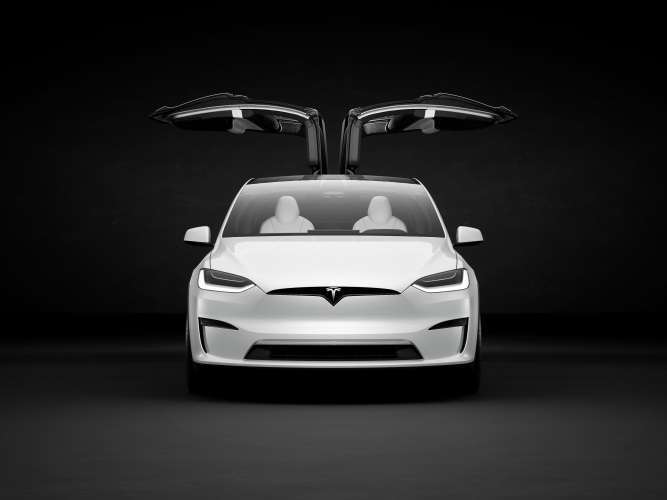Toyota is, as we mentioned above, the undisputed world leader in ICE automobile production. The Japanese manufacturer is present in almost all markets around the globe and its gamut includes several of the best-selling models around the world, such as the Toyota Corolla or Toyota RAV4. Tesla on the other hand is focused only on producing BEV electric cars, so it is very far - in terms of total production - in overall numbers as compared to the Japanese giant; a fact that, however, does not prevent Tesla from enjoying a much higher profit margin for each unit sold.
As Nikkei highlighted in a very interesting article, Tesla basically earns eight times more with each EV model sold than what Toyota earns for each of its ICE models. Based on the numbers of the last quarter, Tesla had obtained a net profit of 3,290 million, surpassing Toyota for the first time, which in turn had a 3,150 million dollars net profit.
The benefit of each company is due to sales that total, in the case of the Japanese firm, an astronomical figure of 2,262,000 cars; while Tesla sales are several steps below, more specifically at 344,000 units. This is a logical difference that is not only due to the fact that Toyota is present in basically all markets around the world, but also to the – widely known – fact that Tesla only sells electric cars (BEV, as explained before), while Toyota has just begun to market the first electric models outside of Japan.

Dividing the net profits obtained from each manufacturer by their total sales, then the average net profit for each car sold that they have put on the road finally comes to light. In the case of Toyota, a net profit for each unit sold of $1,200 is reflected, while in the case of Tesla the figure rises to $9,570, which means that Tesla earns almost 8 times more than Toyota for each car sold. (earnings being exactly 7.97 times more than what Toyota makes per unit).
However, it should be noted that part of this huge difference lies in the fact that Toyota has so far assumed the increase in the costs of materials, components and energy with hardly any change in the final selling prices of its cars. For this reason, the Japanese brand announced weeks ago that the prices of its cars in the United States and Europe markets will be reviewed, in order to balance the numbers based on the new production costs. To these facts we must also mention the additional costs of having suspended activities in the Russian market.

Tesla on the other hand - with its dynamic pricing system – is experiencing full escalation of costs, and has basically increased the price of each EV model. In Spain for example, the cheapest model of the brand (the Tesla Model 3) went from about 48,000 euros to almost 53,000; then reduced to 51,990 euros. However, the cheapest Tesla model currently is not the Model 3, but the Tesla Model Y, with a 51,200 euros price tag. There is also another factor to take into account: that at the moment Tesla does not have to support a big network of dealerships, service workshops and other infrastructure like Toyota's.
Source: nikkei
All images courtesy of Tesla Inc.
Nico Caballero is the VP of Finance of Cogency Power, specializing in solar energy. He also holds a Diploma in Electric Cars from Delft University of Technology in the Netherlands, and enjoys doing research about Tesla and EV batteries. He can be reached at @NicoTorqueNews on Twitter. Nico covers Tesla and electric vehicle latest happenings at Torque News.





